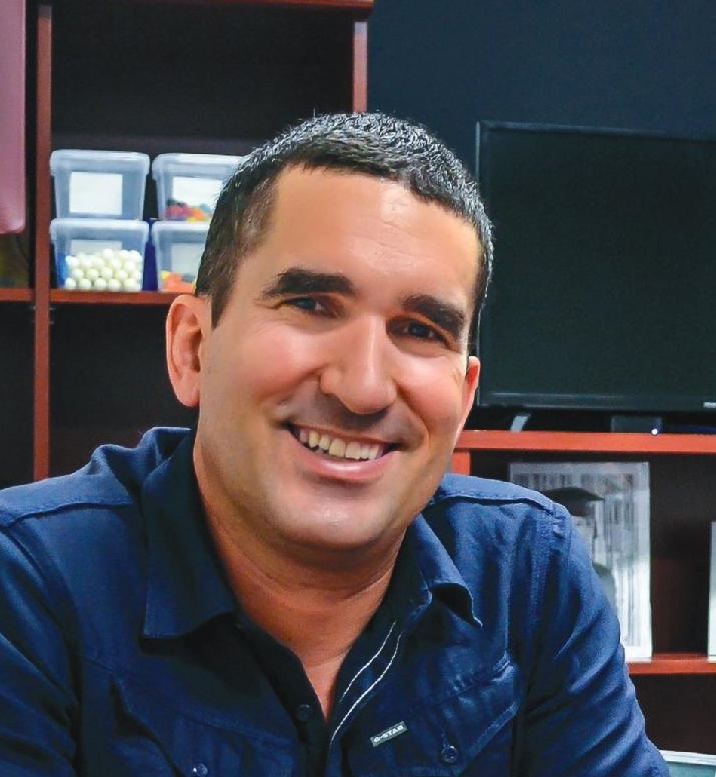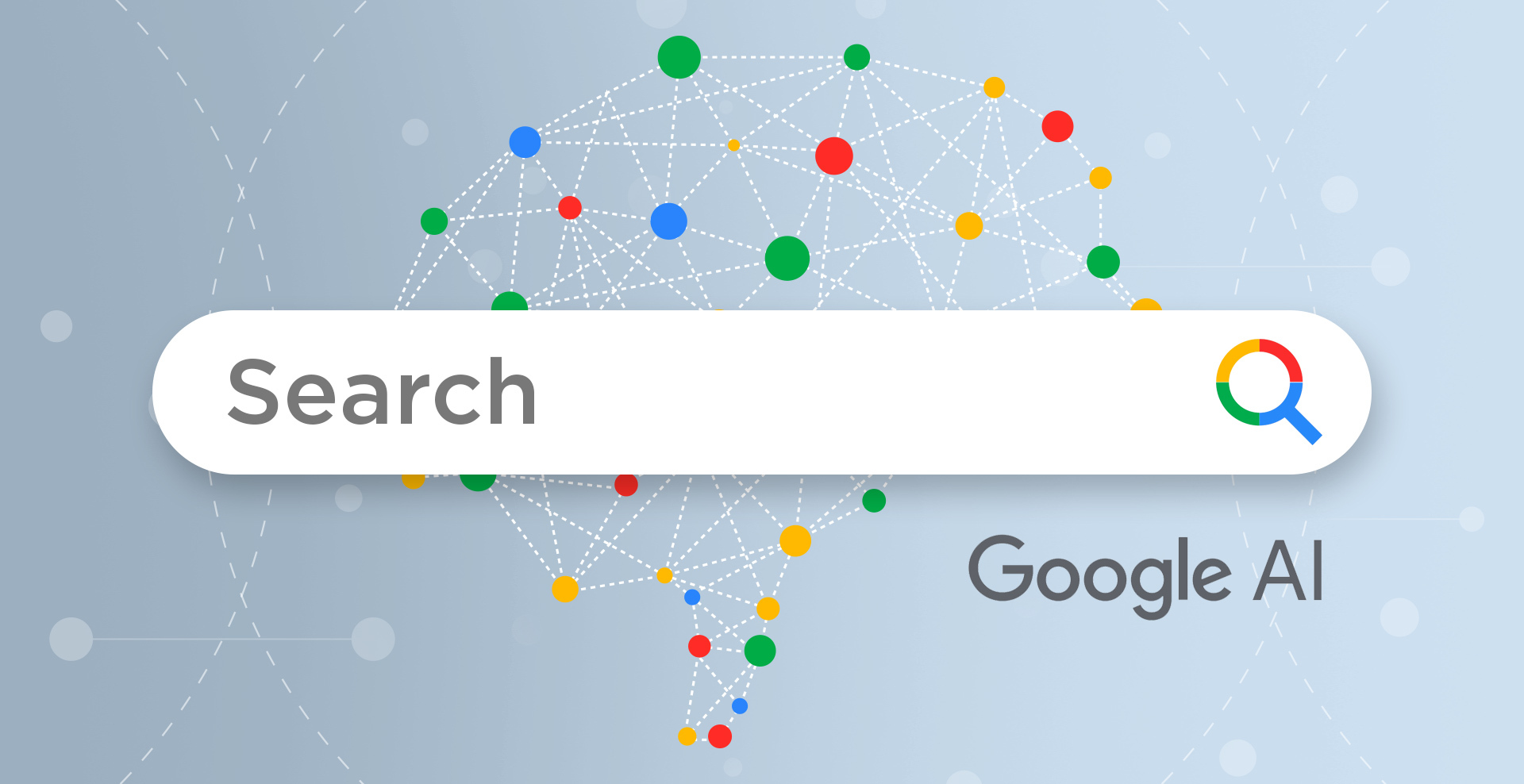Search Optimization: Why All the New SEO Acronyms Miss the Point

Every few months, the digital marketing world seems to come up with a new acronym. You’ve probably seen them floating around in posts, webinars, or conference talks:
SEO, GEO, AEO, AIO, AISO, LLMO, LEO, CEO, LSO, VSO, ISO, SMO, NEO, BEO…
It feels like we’re collecting alphabet soup at this point.
But here’s the thing: whether it’s called SEO, GEO, or something shiny and new, it all boils down to the same principle — Search Optimisation.
The Acronym Arms Race
Marketers love acronyms. They make things sound new, important, and distinct. But in reality, most of these terms are trying to describe slight variations on the same theme: getting your brand, product, or content found by searchers.
Yes, the platforms are changing. Yes, AI search is shifting the landscape. But the fundamentals haven’t changed:
People still have questions.
They still turn to a “search box” (whether that’s Google, Bing, ChatGPT, or Alexa).
They still want the best answer, fast.
All the acronyms are just different lenses on the same practice.
The Midwit Razor of SEO
There’s a meme known as the “Midwit Razor” — showing how both the “simple” and the “genius” answers tend to be the same, while the middle overcomplicates things.
In search, it looks like this:
Beginner: “It’s all just SEO.”
Midwit: “No, this is AEO for AI, that’s GEO for generative results, this other thing is LLMO, and don’t forget VSO for voice…”
Expert: “It’s all just Search Optimisation.”
At the end of the day, smart businesses don’t chase acronyms — they focus on visibility.
Why Traditional SEO Still Matters
Some argue that SEO is “dead” or “replaced” by AI search. That’s far from the truth.
Traditional SEO — site structure, technical health, content optimisation, links, user experience — is still the bedrock. If Google can’t crawl and understand your site, AI search engines can’t either.
Think of SEO as the foundation of your digital presence. Everything else builds on top of it.
What’s New Is “Where” You Appear
What has changed is the placement. Ten years ago, “ranking on Google” was the only game in town. Now, you need to think more broadly:
Google & Bing: Still the largest traffic drivers.
AI Overviews (SGE): Google’s generative summaries.
AI tools: ChatGPT, Perplexity, Claude — where people ask direct questions.
Voice assistants: Alexa, Siri, Google Assistant.
E-commerce search: Amazon, eBay.
Video platforms: YouTube, TikTok.
Social media discovery: Instagram, LinkedIn, Reddit.
In short: it’s not just about whether you rank — it’s about where you show up.
Cheat Sheet: Common SEO Acronyms
Here’s a breakdown of the most common ones, stripped of hype:
SEO – Search Engine Optimisation. The foundation: making your website crawlable, indexable, and useful.
AEO – Answer Engine Optimisation. Optimising for direct answers (featured snippets, AI-generated results).
GEO – Generative Engine Optimisation. Tailoring content for AI-driven search results.
AIO – AI Optimisation. A broad catch-all for visibility in AI-driven tools.
AISO – AI Search Optimisation. Another label for optimising AI-driven results.
LLMO – Large Language Model Optimisation. Making sure LLMs like ChatGPT can access and reference your content.
LEO – Local Engine Optimisation. A rebrand of local SEO — Google Business Profile, maps, local directories.
SMO – Social Media Optimisation. Driving discovery and reach through social channels.
VSO – Voice Search Optimisation. Ensuring your content works well when spoken aloud in answers.
ISO – Image Search Optimisation. Optimising alt text, structured data, and image metadata.
BEO – Brand Experience Optimisation. A holistic approach: ensuring brand presence across all touchpoints.
NEO – New Engine Optimisation. A catch-all for optimising for emerging platforms and search engines.
Some of these are useful mental models. Others are little more than buzzwords.
The Takeaway: Focus on Visibility, Not Acronyms
Don’t get caught up chasing the latest acronym. Instead, focus on the principles that will always matter:
Be findable: Ensure your site and brand can be discovered.
Be useful: Provide the best, clearest answer to your audience’s question.
Be trustworthy: Build authority and reliability so you’re chosen over competitors.
Be adaptable: Show up wherever people are searching today — and be ready for where they search tomorrow.
The search landscape will keep evolving. New acronyms will come and go. But the job of an optimiser stays the same: help people find what they’re looking for.
So, final thought: Block out the noise. Focus on showing up.


